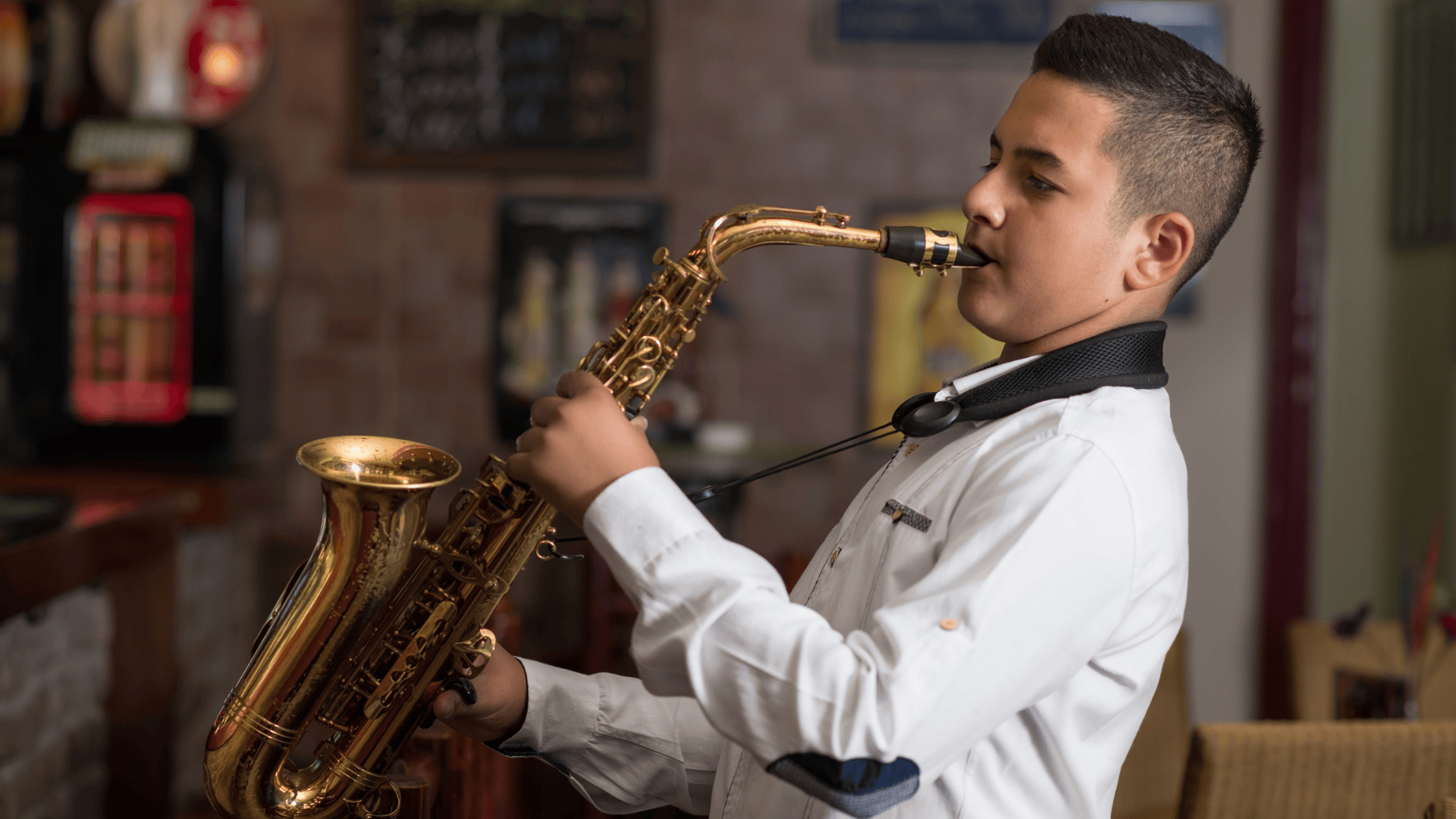.png)
What is Repertoire?
The collective storehouse of works—be they plays, operas, roles, or songs—that a company, actor, singer, or instrumentalist has mastered and stands ready to perform.
The term first surfaced around 1626 in the writings of Habakkuk Bisset, a Scottish lawyer, writer, and passionate collector of both literature and songs. Bisset, also an avid birdwatcher, sought not only to catalogue the music of mankind but also the vocalizations of the natural world. He famously attempted to document the songs of birds, coining the term "Passeriformes Repertoire" for his ambitious collection.
University of Rochester
Eastman School of Music
Rochester, NY
Clarinet
Click to review solo audition repertoire
Audition Repertoire
- Mozart Concerto, K. 622: Movement 1 Exposition
- Stravinsky – Three Pieces (complete)
- Mendelssohn – A Midsummer Night's Dream: Bars 1–48
Click card to flip back
Northwestern University
Bienen School of Music
Evanston, IL
Clarinet
Click to review solo audition repertoire
Audition Repertoire
- Mozart, Clarinet Concerto K. 622: 1st mvt, bars 57–154
- Debussy – Rhapsodie OR Stravinsky – Three Pieces
Click card to flip back
Northern Arizona University
Kitt School of Music
Flagstaff, AZ
Clarinet
Click to review suggested solos
Suggested Solos
- Sonatina – Malcolm Arnold
- Adagio e Tarantella – Ernesto Cavallini
- Première Rhapsodie – Claude Debussy
Click card to flip back
St. Olaf College
Northfield, MN
Clarinet
Click to review suggested solos
Suggested Solos
- Rhapsody – Willson Osborne
- Sonata for Clarinet and Piano – Tailleferre
- Concertino, Op. 26 – Weber
Click card to flip back
DIRECTORY
Pulled directly from official state music association-approved solo lists—including NY, TX, FL, IN, OH, WI, IL, CA, MI, GA, SC, and VA—this powerful database is designed for standout college audition performances.
School Grade Levels
with Music Grade Levels
| 6th Grade | Music Grade I and/or II |
| 7th Grade | Music Grade II and/or III |
| 8th Grade | Music Grade III |
| 9th Grade | Music Grade III and/or IV |
| 10th Grade | Music Grade IV |
| 11th Grade | Music Grade IV, V, and/or VI |
| 12th Grade | Music Grade V and/or VI |
Unlocking Music Grades: Your Secret Weapon for College Auditions
Understanding music grading systems is essential for college audition success. Unlike academic grades, music pieces are ranked by difficulty from Grade I (easy) to Grade VI (professional-level). These grades help adjudicators assess whether a student’s repertoire reflects the right level of challenge—not just technical skill. But grading isn’t standardized nationally; each state has its own system, meaning a single piece may have multiple grades. States like Texas, New York, and Virginia are considered gold standards, with Texas using an inverted scale—Grade I being the hardest. To navigate this complexity, students must know both the grading system and the publisher of each piece, as these can affect how difficulty is labeled. Most colleges expect repertoire at Grade V or VI. The Accoladi Repertoire Directory offers a curated, cross-state resource to help students select appropriately graded works. Choosing the right level isn’t optional—it’s a signal of preparation, discipline, and audition readiness.
See Complete ArticleTelling Your Musical Story: Building a Strong Solo Repertoire
For aspiring music majors, your solo repertoire list is more than a formality—it’s your musical autobiography. Starting as early as middle school, each solo you perform adds a chapter to your journey, capturing your growth, stylistic development, and artistic voice. But this list doesn’t just sit on a form—it can come to life during your college audition. Adjudicators may request performances of earlier solos listed, even from years prior. That means every piece you include must be performance-ready. This isn’t about showing off the most difficult works—it’s about demonstrating consistency, memory, and expressive maturity. Select only the pieces you’ve truly performed and can revisit confidently. Think beyond composer and title; reflect on what each piece taught you and how it shaped you. A well-curated repertoire list doesn’t just show you’re skilled—it shows you’re serious, reflective, and ready. It’s your chance to speak through music, across time, with depth and purpose.
See Complete Article
.jpg)
Contrasting Style Solos: Why They Matter in College Auditions
For students preparing for collegiate music auditions, performing two contrasting solos is a key requirement—and for good reason. These pieces allow audition panels to evaluate much more than talent; they offer insight into a musician’s versatility, technique, and expressive range. Contrasting solos differ in musical era, technique, and emotional character—such as pairing a Baroque prelude with a Romantic nocturne, or balancing a virtuosic showpiece with a lyrical, sensitive work. College instructors want to see that students can navigate varied musical traditions with both technical accuracy and emotional depth. As Dr. Tony Lenti notes, a student who can shape even the most demanding music into expressive, living art has a real advantage. Contrasting solos not only demonstrate a student’s preparedness but also hint at their potential for success in a diverse college music program. Thoughtful solo choices can set an applicant apart and create a lasting impression.
See Complete Article